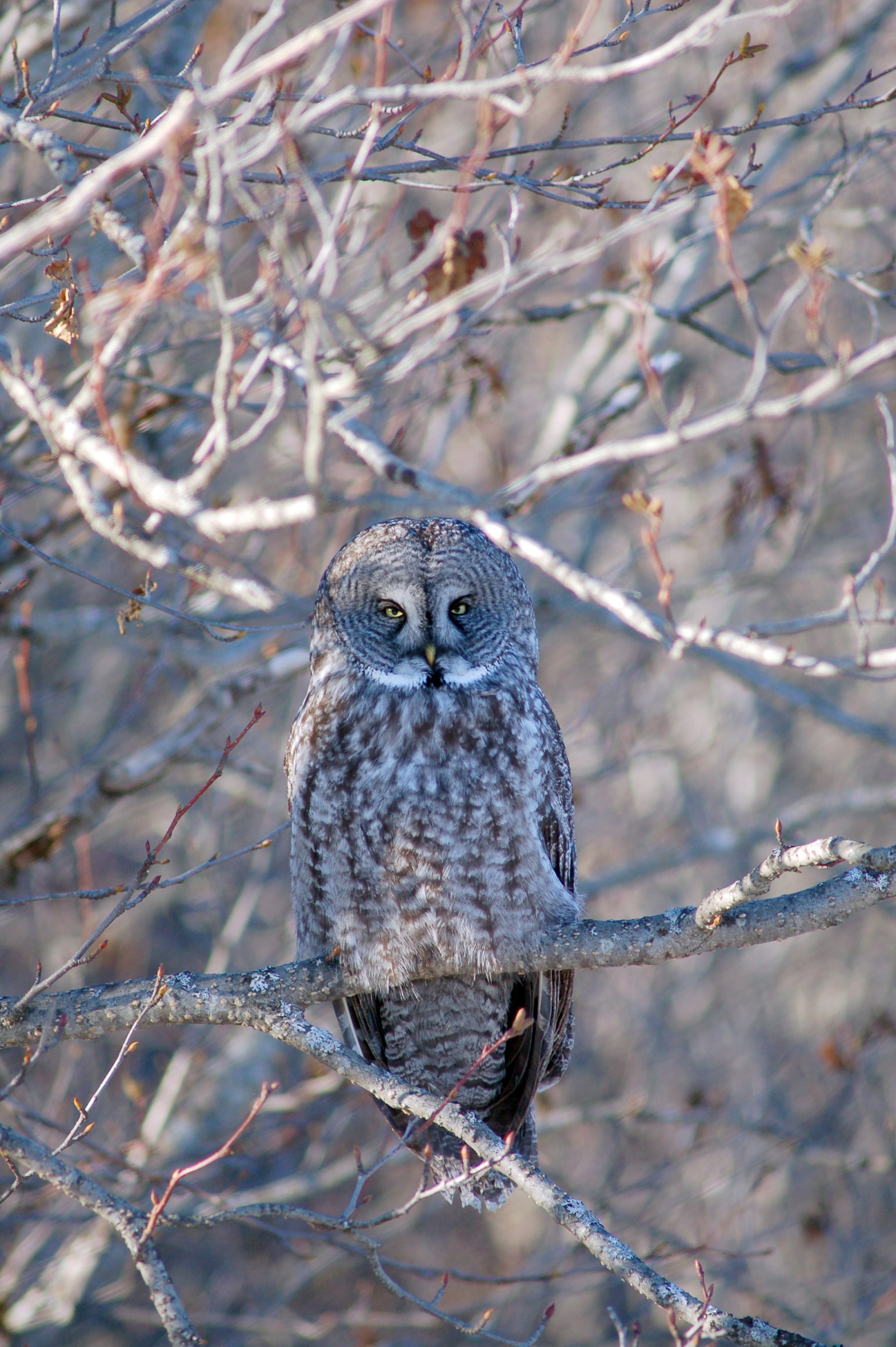If you like to take long walks on the beach in the blowing snow, enjoy finding exotic new creatures and counting them, join one of the more interesting holiday traditions: the annual Audubon Society Christmas Bird Count. Held throughout the United States, Canada and other countries in the western hemisphere between Dec. 14-Jan. 5, this is the 115th Christmas bird count. For one day in count areas, birders fan out and count and record as many birds and species they can see. Audubon started the count as a conservation alternative to Christmas bird hunts.
In Homer, the count has been done intermittently since 1966, and continuously since 1973. The count area is a 7.5-mile radius centered on the intersection of Kachemak Drive and the Homer Spit Road. This year’s count also marks another milestone, the 40th year longtime birder Dave Erikson has coordinated the effort and compiled findings.
“It’s grown to be one of the largest, if not the largest citizen, science projects that has ever been done. You have this large database,” Erikson said.
The Homer count runs 8:30 a.m.-4:30 p.m. Saturday. Meet at 8:30 a.m. at the Alaska Islands and Ocean Visitor Center to form teams and get an assigned area. Birders return after sunset to report results, share stories, warm up and enjoy a potluck dinner.
In preparation for Saturday’s bird count, from 6-7 p.m. today in the Islands and Ocean seminar room, Erikson presents a class, “Winter Bird Identification.” His class provides a review of the wintering birds here in Homer for volunteers who plan to help with the count, but would also be of great benefit to any new birders in the area who are interested in learning about our winter resident birds. The class is free and everyone is welcome to attend.
Erikson said Mary Miller of Kasilof started the count in Homer. He took over from her as compiler in 1976. Records get sent to Audubon and entered into an international database. The bird count represents a snapshot in time and space, but it’s not necessarily a count of winter birds.
“A lot of the birds in North America are not where they’re going to spend the winter yet,” Erikson said. “Even in Homer we’re getting the tail end of birds that are migrating through.”
Conditions like shore ice, tides and weather create variability in what’s counted. Birds like rock sandpipers cluster on the beach at high tide but disperse at low tide.
“If Mud Bay is iced in, we struggle to get any mallards,” Erikson said.
Weather also can present challenges for spotting birds as can the plumage and behavior of the birds.
“They’re hard to identify. We have low light levels. They’re not singing,” Erikson said.
“Cold feet, cold hands,” added Lani Raymond, an active member of Homer’s birding community.
Raymond participated in bird counts when she lived near Tok for 25 years. Interior Alaska doesn’t get as many winter species.
“Some years we’d see maybe between 10 and 20,” she said. “Here it’s quite different.”
Over all the years, Erikson said Homer birders have seen up to 145 different species. The highest number was 68 species in one count. The average number of species is in the mid-60s,he said. Total numbers of birds are less important than the number of species, he said, although it is interesting to see big increases in some species.
Crows, for example, have become more common in Homer on the north shore of Kachemak Bay. In earlier count years, crows tended to be in Seldovia and the south shore, with only a few on the Spit. Now they’re all over town, largely due to an increase in big industrial trash containers.
“Once they figured out how to feed out of Dumpsters, and once we had Dumpsters, corvids (crows and ravens) in general are good at teaching their young specific ways of feeding,” he said.
Another species seen more commonly are robins. Introduced shrubs and trees have provided more food for overwintering robins and warmer winters have made Homer more attractive to them. Berry-bearing trees like mountain ash and May day trees also attract bohemian waxwings. Erikson said up to 200 robins can be seen on a count day.
Changes in species also can be a marker of climate change, Erikson said.
“You can see the northern edge of birds as climate change takes effect. They’re just creeping north. You can make all kinds of inferences with this large data base of information,” he said.
Seeing different species can be part of the fun of the Christmas bird count.
“We always pick up something interesting because we have that many eyes out looking, specifically looking for birds,” Erikson said.
Raymond remembered one exciting year when she saw a Wilson’s warbler at Munson Point near Ocean Drive Loop.
“It was this really beautiful yellow bird sitting there in a spruce tree,” she said. “I was like, wow.”
Good weather or bad, that’s the fun of the day, Raymond said.
“You’re going to spend the whole day birding, all the daylight hours. Sometimes you find something great. Everybody comes back and you share,” she said. “There’s always interesting birds and stories about what you’ve done.”
Raymond credited Erikson with keeping the bird count going and organized.
“It is a big accomplishment. He was never sick,” she said. “He really does know the history of what was here and what isn’t here for his lifetime here. He’s a huge resource as far as things like that — plus being a nice guy.”
Michael Armstrong can be reached at michael.armstrong@homernews.com.


